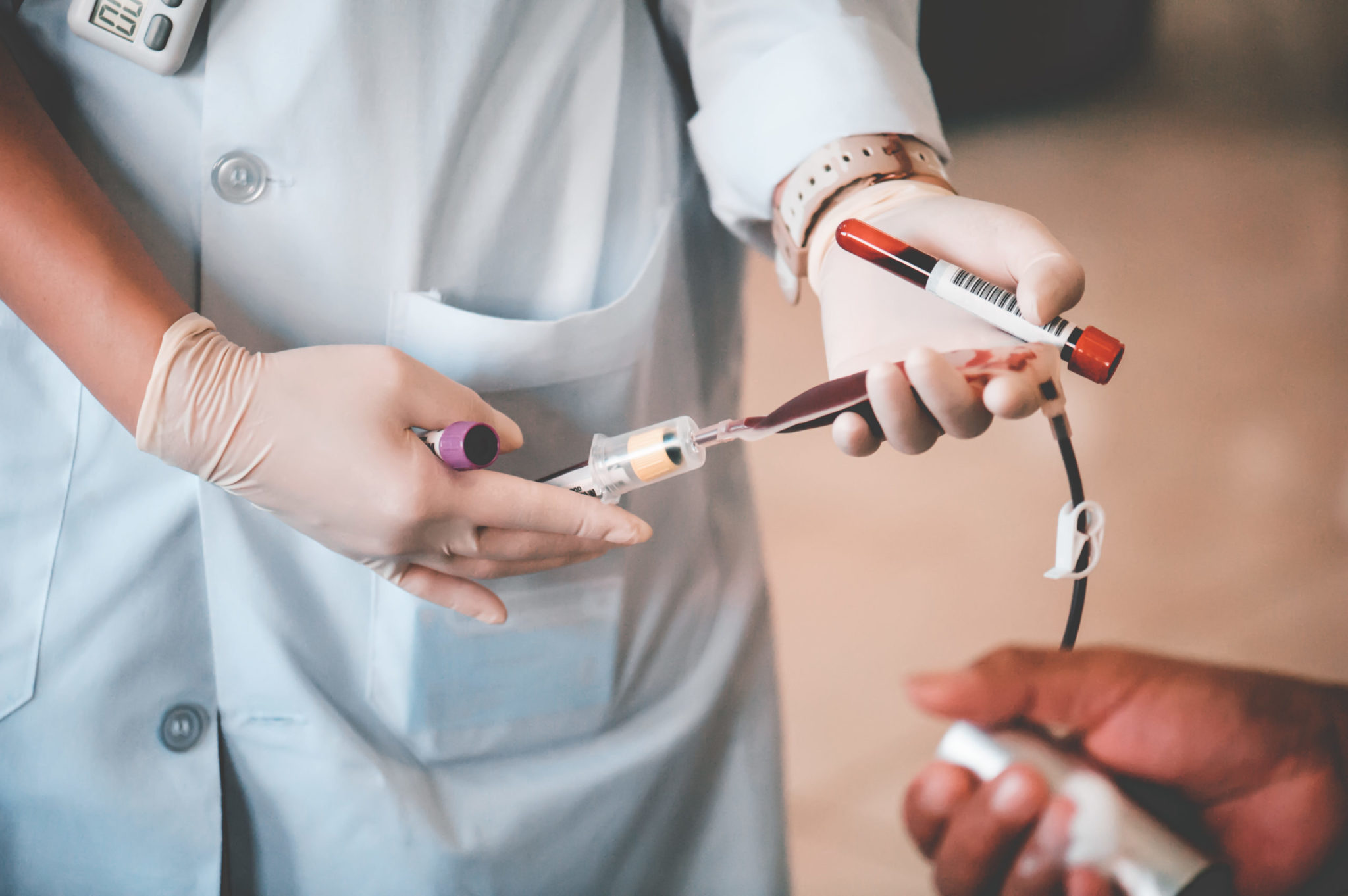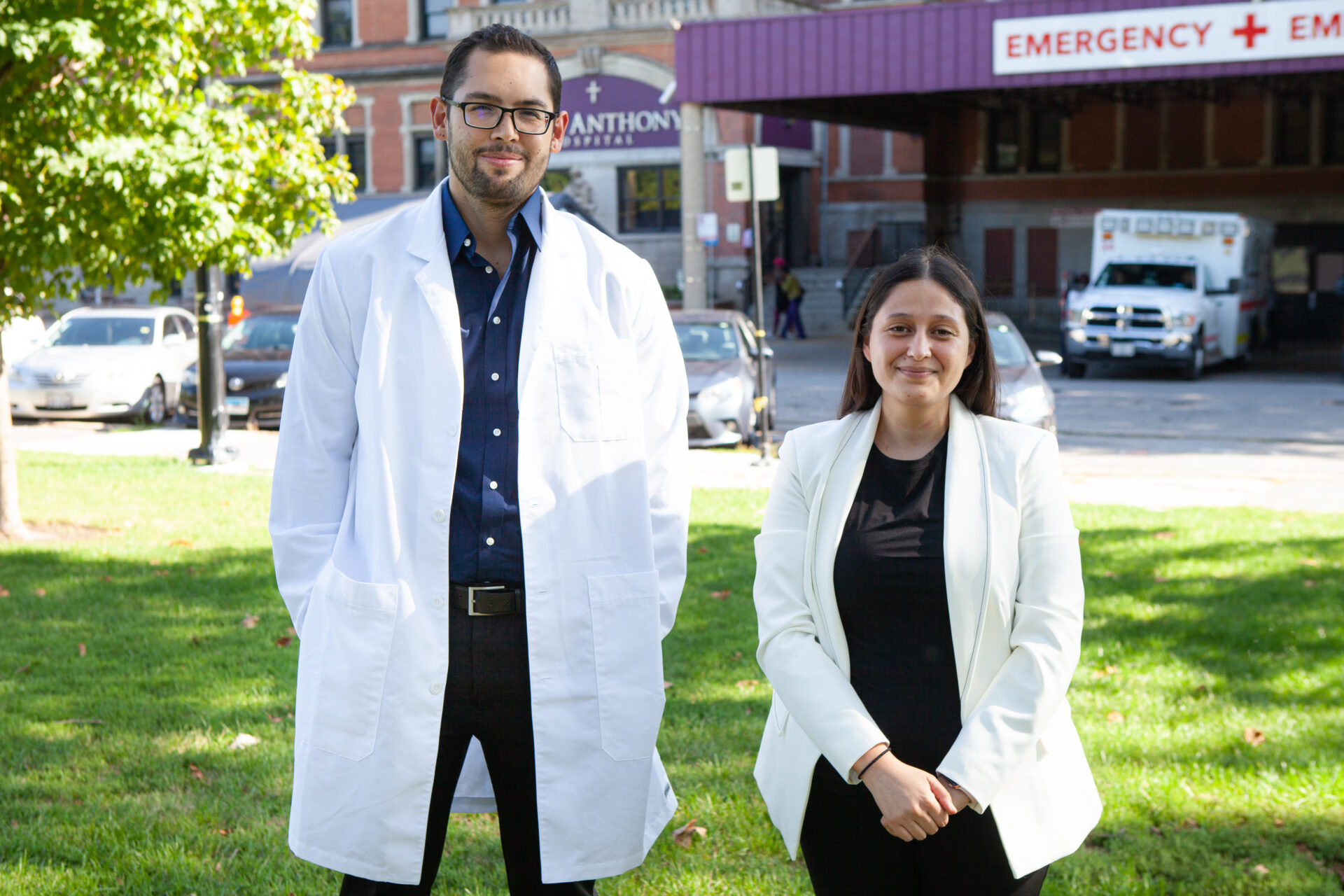In addition to being Cervical Cancer Awareness Month, January is also National Blood Donor Month. 2020 marks 50 years of calling individuals to celebrate by volunteering their time and, themselves, literally, by donating blood. January is a difficult time for those in need of blood transfusions. Routine blood donors shy away from making donations during January as seasonal sicknesses, and busy schedules can make things difficult.
The Importance of Blood Donors
Donating blood can save the lives of those in need of more than just blood. Every two seconds, someone in the U.S. needs a blood donation. This calculates to roughly 4.5 million individuals in need annually. These number is representative of the U.S. only. Many countries in the world, namely those that are less developed, do not have systems in place that allow for the donation of blood.
Blood Donation Uses
There are three components that make up the blood taken during donation. Platelets and plasma are separated from red blood cells during the screening process. These can aid in surgical procedures, transplants, and cases where hemorrhaging may occur, respectively. The chart below to the right shows the medical cases that rely on blood donations and blood donors most frequently
Blood and blood donations are commonly studied by pathologists. For more information on this medical specialty check out our Specialty Profile on Pathology.
Donor Benefits
Saving lives is just one benefit of donating blood. In addition to the feel-good feeling that donors may be left with after donating, there are physiological benefits to giving away a little piece of yourself. Donating Blood can:
- Decreases the chance of obesity
- Increase the production of Red Blood Cells
- Improve circulation
- Maintain Iron levels
- Increase heart and liver functions
Fun Facts
Below are some fun and little known facts about donating blood and how far your donation can reach. For more fun facts, click here.
- One pint of blood (the average donated per person) can save three lives.
- Your Dog can Donate too! At the vet that is.
- There are 8 human blood types (A+, A-, B+, B-, AB+, AB-, O+, and O-).
- AB- is the rarest blood type while O+ is the most common.
- Everyone can receive type O blood.
- People with type O blood are called universal donors.
- Blood contains small amounts of gold.
- Cows have 800+ blood types.
- Only 2% of the population donates blood.
- 38% of individuals meet donation eligibility requirements.
Want to become a Blood Donor?
There are specific health requirements that individuals must meet to donate blood. These are in place to ensure that blood donated is safe to use and that the donor has enough left over to promote their health. In order to donate blood you must:
- Be 17 years or older
- Be in good health
- Weigh at least 110 lbs.
- Not have donated in the last 56 days
These, of course, are just general guidelines. Check out the American Red Cross’s Website for full blood donation eligibility requirements.








I need you to help me,I want to be a doctor sir
THANKS
I need help,I want to be a doctor, sir please help